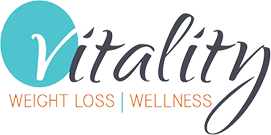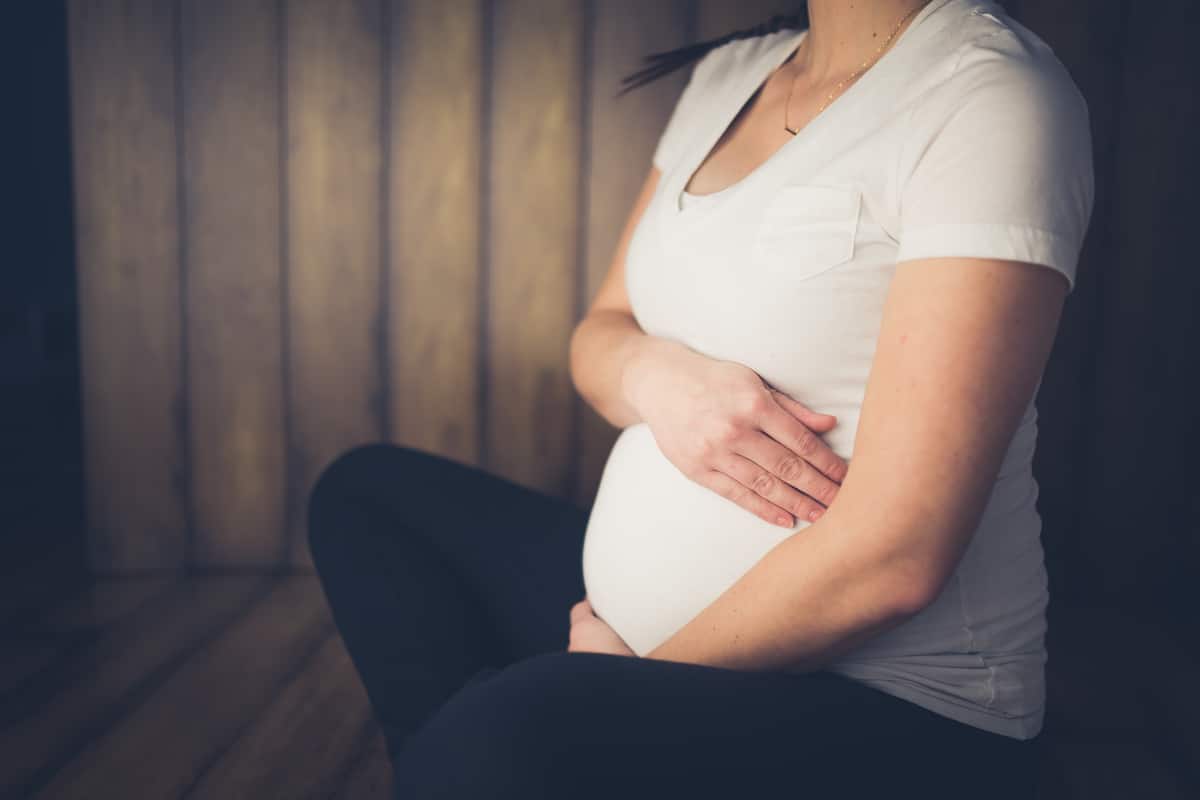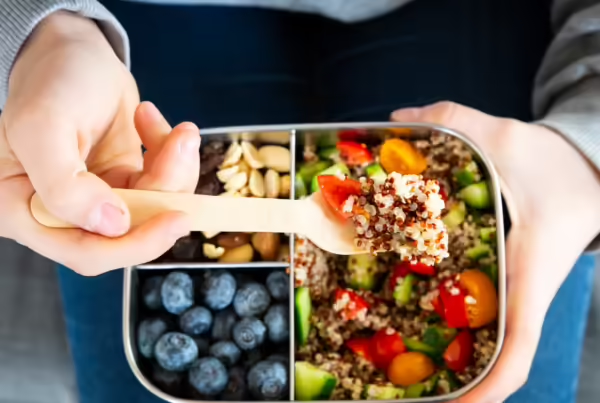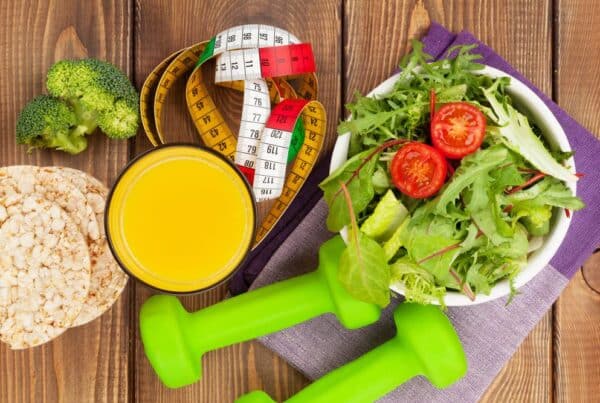Ever noticed how superheroes can fly, leap over buildings and do things we mere mortals only dream of? It’s awe-inspiring, right? But you know what else is equally amazing? Post-pregnancy weight loss. Yes! That incredible transformation when a new mom sheds her baby weight and rediscovers herself. Sounds like a wild ride, huh?
This isn’t about donning a cape or leaping tall buildings though. No. This journey is personal – unique to every woman who’s given birth.
In the following paragraphs, we’ll explore this wonderland where ‘baby fat’ morphs into muscle tone; crash diets give way to wholesome nutrition; light exercise becomes part of your daily routine. A world where realistic expectations guide healthy choices.
Ready for an adventure? Because this journey’s just getting started!
Table of Contents:
- Understanding Post-pregnancy Weight Loss
- Factors Affecting Post-pregnancy Weight Loss
- Nutrition Tips for Post-pregnancy Weight Loss
- Postpartum Exercise for Weight Loss
- Timeframe for Post-pregnancy Weight Loss
- Healthy Weight Loss Strategies
Understanding Post-pregnancy Weight Loss
The journey of weight loss after pregnancy is a marathon, not a sprint. Shedding those extra pounds can feel like an uphill battle, but remember – it’s completely normal and achievable with time and patience.
The Reality of Baby Weight
‘Baby weight’ refers to the extra pounds gained during pregnancy which includes the baby’s weight along with amniotic fluid, placenta, increased blood volume and fat stores for breastfeeding. Statistics show that most new moms take between six months to a year to return to their pre-pregnancy state.
In fact, half of this postpartum weight is typically lost in the first six weeks following delivery as your body naturally rids itself of excess fluids. This process also involves shedding off the extra weight from the baby placenta and amniotic fluid you were carrying around.
But let’s get real here: losing baby weight isn’t just about vanity or fitting into your old jeans again. It has more do with health risks associated with keeping on unnecessary extra pounds such as high blood pressure or diabetes down the line.
Nutrition Matters More Than You Think
Losing baby weight starts in your kitchen before hitting any gym floor. Healthy eating plays an essential role in helping you lose that post-baby bodyweight while ensuring good nutrition for both momma and child if breastfeeding.Research published in American Journal Of Obstetrics & Gynecology suggests focusing on foods rich in lean proteins like Greek yogurt, staying hydrated and cutting back on sugary drinks.
Take it easy on yourself – balance is key, not deprivation. It’s okay to have that occasional cookie or slice of pizza. Remember it’s all about balance and not deprivation.
Exercise Your Way Back
With a newborn in the mix, finding time to exercise might seem like mission impossible. But remember, even light workouts can make a big difference.
Key Takeaway:
Shedding post-baby weight is more of a marathon than a sprint. It often takes moms up to a year to bounce back, so patience is key. Eating well not only helps you lose the extra pounds but also nourishes both you and your baby if you’re breastfeeding. Light exercise can be beneficial too, just remember,
Factors Affecting Post-pregnancy Weight Loss
The journey to post-pregnancy weight loss can feel like a roller coaster ride. But don’t worry, you’re not alone on this adventure. Let’s examine how various elements may affect your body’s capacity to shed post-pregnancy weight.
Dangers of Crash Diets
Rapid weight loss after pregnancy might sound tempting but it isn’t healthy and should be avoided at all costs. New moms may be tempted to try and get their figure back fast, but crash diets are not the best solution.
Research published in the American Journal of Obstetrics & Gynecology shows that extreme calorie restriction can decrease important nutrients needed by your body during recovery and breastfeeding. Rather than extreme calorie restriction, an increase in fat stores may be a consequence of crash diets due to their effect on metabolism.
Your best bet? Focus more on eating healthy rather than cutting out entire food groups from your diet.
Nurturing Your Body with Physical Activity
Let’s chat about how we can expend those calories by getting in some physical activity. However intimidating exercise may seem initially after childbirth – especially if you had diastasis recti or complications – it plays a crucial role in shedding extra pounds gained during pregnancy. Light exercise such as walking is a great place to start.
Baby steps are key here (pun intended). Start slow and gradually increase intensity as per comfort levels while listening closely to your body’s signals – remember there is no rush.
Paying Attention To Your Calorie Intake
Monitoring your calorie intake is a key factor in postpartum weight loss. It’s important to understand that pregnancy requires extra calories for the baby’s growth and development, but after delivery, these needs change.
As you balance feeding times and diaper swaps, remember to keep an eye on meal portion sizes. But hey, don’t sweat over tracking every single calorie.
Key Takeaway:
Post-pregnancy weight loss is a journey, influenced by factors like diet and physical activity. Avoid crash diets – they can harm your recovery and breastfeeding needs. Instead, focus on eating healthy and starting light exercise as comfort allows. Also remember to monitor meal portions after delivery, but don’t stress over every calorie.
Nutrition Tips for Post-pregnancy Weight Loss
Postpartum weight loss is a journey that requires patience, commitment, and a balanced approach. Let’s focus on how to make your meals work in favor of healthy weight loss.
Understanding Portion Sizes
Paying attention to portion sizes can help you lose the extra baby pounds without compromising your energy levels or milk supply if breastfeeding. A simple trick is using smaller plates and bowls – it makes portions appear larger.
Read food labels carefully. They give information about recommended serving sizes and nutritional content per serving. Slow Cooker Cooking: Healthy Meal Tips For When You Have Time (But Don’t Have Time). The aim here isn’t strict calorie counting but becoming more aware of what goes into your body.
- A quarter plate lean protein like chicken breast or Greek yogurt aids muscle recovery after childbirth.
- Filling half the plate with colorful veggies ensures fiber intake, keeps you fuller longer, and supports digestion.
- The remaining quarter can be complex carbs like brown rice or sweet potato which provide sustained energy release.
Eating Healthy Fats
You don’t need to fear fats when trying to shed post-pregnancy weight; they’re essential for hormone regulation among other functions. What matters are the types of fat consumed. The 5 Principles To Making An Easy Lunch That’s Also Healthy & Filling, recommends focusing on monounsaturated fats found in foods such as avocados, olive oil, nuts, and seeds.
Limit saturated fats found in high-fat dairy products and certain meats. Avoid trans fats as they can cause inflammation, heart disease, and other health issues to maintain optimal well-being.
Maintaining Hydration
Staying hydrated is essential for digestion and helps keep your metabolism running efficiently. It’s suggested to imbibe a minimum of 8-10 cups of H2O each day.
Key Takeaway:
Shedding post-pregnancy weight is a journey of patience, balance and smart eating. Use smaller plates to control portion sizes, focus on lean proteins, colorful veggies and complex carbs in your meals. Include healthy fats like avocados or olive oil but limit saturated fats. And don’t forget to drink plenty of water.
Postpartum Exercise for Weight Loss
Exercise after childbirth can seem daunting, but it’s a vital part of bouncing back and losing the baby weight. Let’s explore some safe ways to get moving again.
Starting with Light Exercise
Your body has just performed an incredible feat. Now, as you transition into this new phase of life, it’s essential to start slowly with light exercise. Walking is a fantastic way to ease your body back into physical activity post-birth.
Pelvic floor exercises are another great option during these early stages. These help strengthen muscles weakened during pregnancy and delivery, which in turn supports your recovery process.
The American College of Obstetricians and Gynecologists recommends waiting until at least six weeks postpartum before starting any rigorous workout routine. Always listen to your own body though – if something doesn’t feel right or causes discomfort beyond typical muscle soreness, take it easy.
Moving Towards More Intense Workouts
You’ve been walking daily and have noticed that things are feeling more comfortable – excellent. This could be the perfect time to add in some gentle strength training workouts. Be mindful not to overdo things; small steps often lead us towards significant change over time.
Focusing on core-strengthening exercises like Pilates or yoga will assist with healing diastasis recti (separation of abdominal muscles), common among many new moms.
Note:
- If you’re breastfeeding, remember that high-intensity workouts might impact milk production because they require extra calories — yet another reason why slow-and-steady is the best approach.
The Benefits of Postpartum Exercise
Exercise isn’t just about losing weight. It can also improve your mood, relieve stress and give you a much-needed energy boost — all vital for new moms.
Keeping up a solid workout schedule and eating well are key for bouncing back after having a baby. No need to strive for perfection, just aim for progress.
Key Takeaway:
Post-pregnancy weight loss is a journey, not a race. Start slow with light exercises like walking and pelvic floor workouts. As you feel stronger, add gentle strength training to your routine, focusing on core-strengthening exercises. Remember that exercise isn’t just about losing weight – it’s also about improving mood and relieving stress.
Timeframe for Post-pregnancy Weight Loss
Let’s start by getting one thing straight: losing baby weight isn’t a race. Your body needs time to heal after childbirth, and rapid weight loss could hinder your postpartum recovery.
Most new mothers take between half a year and twelve months to get back their pre-baby weight. But don’t fret if you’re not shedding pounds as quickly as your favorite celebrity mom – they have personal trainers and chefs helping them.
A key aspect of healthy post-baby slim down is understanding that pregnancy takes time. The extra pounds didn’t appear overnight; they accumulated over nine months of carrying an amniotic fluid-filled womb, an ever-growing baby placenta, fat stores for breastfeeding, among other things.
Nurturing Patience in the Journey
In this journey back towards pre-pregnancy weight or recommended weight range (if needed), patience should be your companion rather than stress about stubborn extra pounds. Stress can trigger unhealthy eating habits or crash diets which are detrimental to both you and possibly your breastfeeding infant if applicable.
Set Realistic Goals & Expectations
Bouncing back from the physiological changes during pregnancy isn’t linear nor predictable due all women being different – so adjust expectations accordingly. Each woman’s body responds differently based on factors such as genetics, diet quality before/during/after pregnancy along with exercise routines prior-to/post giving birth just naming a few.
Fostering Healthy Habits Over Time
Developing a routine that includes healthy eating and light exercise can aid your weight loss journey. For instance, consuming lean proteins like Greek yogurt for breakfast or substituting sugary drinks with water can make a significant difference over time.
Don’t sweat it if the scale doesn’t budge right away. Remember, it’s not just about pounds – celebrate small wins like increased stamina too.
Key Takeaway:
Post-pregnancy weight loss isn’t a sprint, but a marathon. Your body took nine months to adjust and grow; give it the same grace when losing baby weight. Don’t stress over stubborn pounds or compare your progress with others. Instead, focus on cultivating patience and healthy habits like good nutrition and light exercise. Remember: every small victory counts.
Healthy Weight Loss Strategies
About half of expectant mothers put on more weight than is recommended during pregnancy. But don’t fret. With a bit of patience and the right strategies, you can shed those extra pounds healthily and sustainably.
Setting Realistic Goals
Setting reasonable expectations is the first step in safely and effectively losing post-pregnancy weight. Don’t fall for crash diets or rapid solutions promising instant results; they often do more harm than good by depleting your body’s much-needed nutrients. Instead, aim for gradual progress that respects your body’s healing process after childbirth.
A Dietitian’s Guide suggests incorporating wholesome foods in bulk into your diet like lean proteins, fruits, vegetables, whole grains while staying hydrated throughout the day. This helps provide necessary nourishment without excessive calorie intake.
Maintaining a Balanced Diet
Besides avoiding crash diets, maintaining a balanced diet plays an essential role in achieving sustainable weight loss. This means consuming foods rich in vitamins and minerals rather than focusing solely on cutting calories – remember quality over quantity.
Eating healthy doesn’t mean depriving yourself either – it’s about finding balance between nutritious food choices with occasional indulgences so as not to feel restricted or overwhelmed.
Incorporating Physical Activity
Finding time to exercise might seem challenging amidst new motherhood responsibilities but starting light could be key here- such as taking baby steps (literally) with brisk walks around neighborhood parks before gradually intensifying workout routines based upon comfort level under supervision from care providers when required.
Note: Before commencing any exercise plan, consult your care provider to ensure it aligns with your postpartum recovery.
Practicing Patience
Last but not least, patience is paramount when it comes to losing baby weight. Remember that gaining pregnancy weight takes time; so does shedding it off.
Cut yourself some slack, your body’s been through a lot with childbirth. Stick to eating well and staying active, you’ll get back to your pre-baby weight eventually – remember: it’s not a sprint, but a marathon.
Key Takeaway:
No need to stress about those extra pounds after pregnancy. Set achievable goals and dodge any quick-fix diets. Focus on nutritious foods like lean proteins, fruits, veggies, and whole grains instead. Remember, balance is essential: aim for nutrient-packed meals with a treat now and then so you don’t feel left out. When your body’s ready, slip in some light exercise but always remember to touch base with
FAQs in Relation to Post-Pregnancy Weight Loss
How long should it take to lose postpartum weight?
Losing baby weight usually takes between six months to a year, but everyone’s journey is different. Patience and consistency are key.
What is realistic weight loss after pregnancy?
A slow, steady loss of about 1-2 pounds per week is considered healthy and sustainable. Quick fixes or crash diets aren’t recommended.
How can I lose my belly fat after pregnancy?
Mixing balanced eating with light exercise like walking or yoga can help trim belly fat post-pregnancy. But remember, your body needs time to recover.
How much weight do you lose while breastfeeding?
Breastfeeding may help you shed up to 500 calories daily, aiding in gradual weight loss. However, the exact amount varies from person to person.




